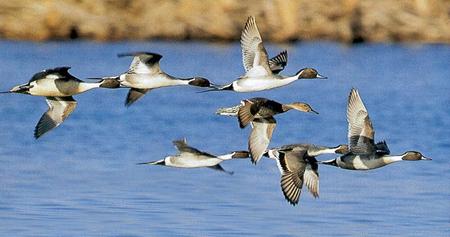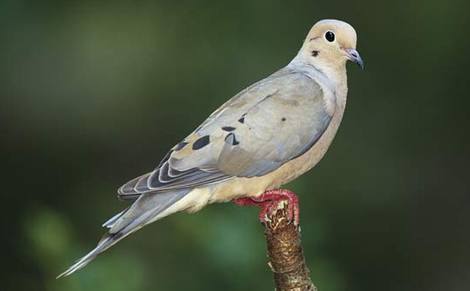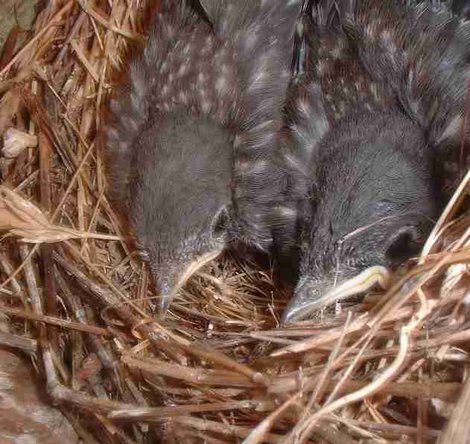White-winged doves get their name from the white wing bars along their wings, which are easily visible while the doves are in flight. No other dove species in the United States possesses this unique trait. Adult white-winged doves are physically stunning. Adult doves have blue eye-rings that develop during their first 5 months. Adult plumage consists of brownish feathers while juveniles are typically gray-brown. There are about 12 subspecies of the white-winged dove, of which four breed in the southern United States.
The western white-winged dove and the eastern white-winged dove are two subspecies that have been studied the most in Texas. The eastern whitewinged dove is the most common subspecies found in South Texas. Both of these subspecies have “invaded” further north into Texas in recent years, moving north out of Mexico and the Rio Grande valley. The eastern white-winged dove’s population status within its historical range of the Lower Rio Grande Valley (LRGV) of Texas has been transformed over the past century from an over abundant rural species to one of lower numbers because of habitat loss. Continue reading All About White-winged Doves


